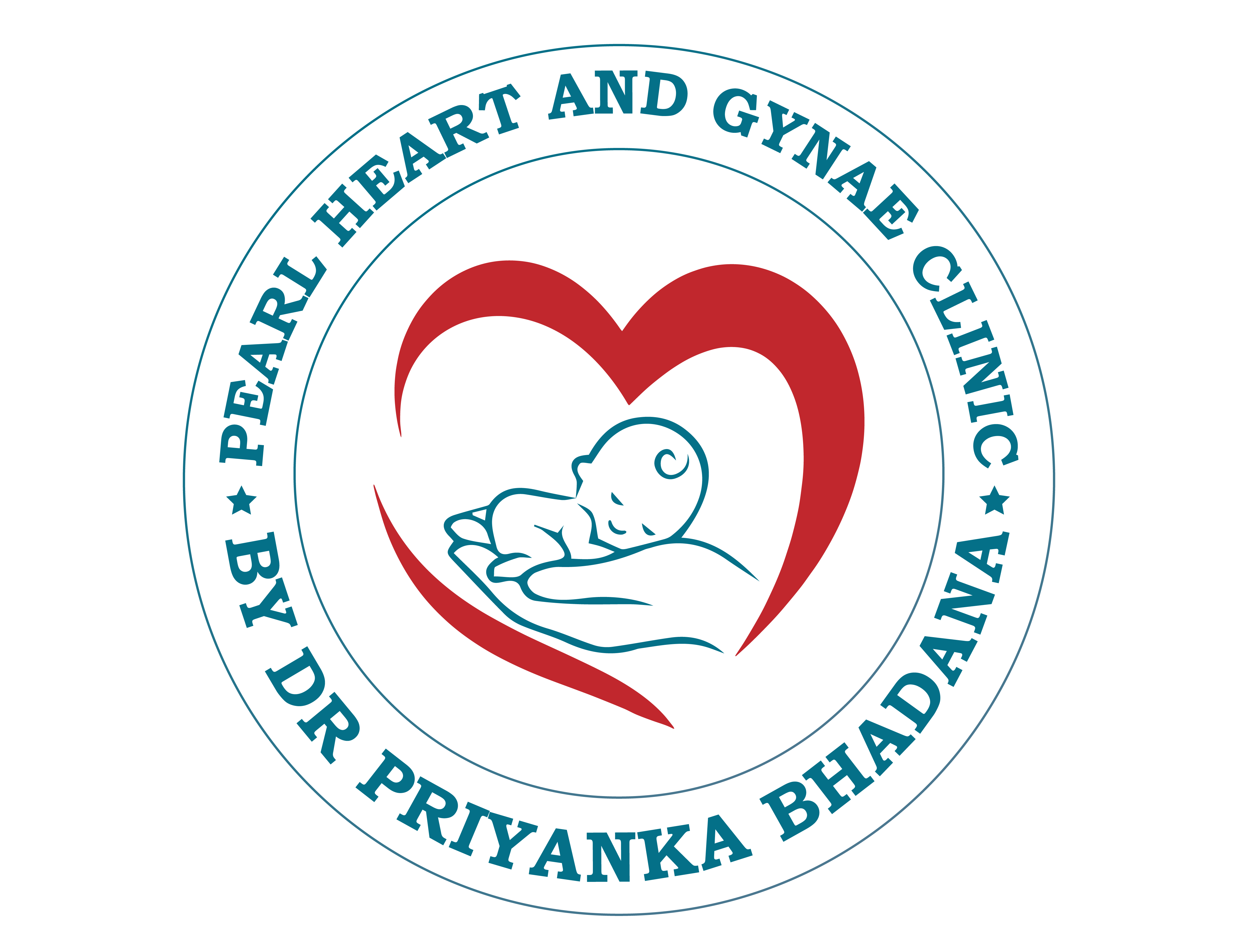
Fertility preservation saves and protects your embryos, eggs, sperm and reproductive tissues which
make it possible for you to have a child sometime in the future. It’s an option for adults and even some
children of both sexes. Fertility preservation is common in people whose fertility is compromised due to
health conditions or diseases (medically-indicated preservation) or when someone wishes to delay
having children for personal reasons (elective preservation). For personal reason you may want to delay
childbirth could involve finding the right partner/spouse or wanting to wait until you’re more established
in your career.
Why Is It Needed ?
Your future fertility may be at risk if you have certain diseases and conditions.
Age: If you’re waiting to have children, you may consider preserving your eggs or sperm before fertility
declines. Common reasons people delay having children include desires to reach a certain career goal,
further their education or wanting to meet the right partner.
Cancer: Chemotherapy, radiation therapy and surgery for cancer can affect a person’s fertility.
Autoimmune diseases: Diseases such as lupus and rheumatoid arthritis and their treatments may cause
fertility problems.
Reproductive health conditions: Endometriosis and uterine fibroids can make it more difficult to become
pregnant.
Transgender care: Gender-affirming treatment can alter a person’s reproductive abilities. Saving
embryos, eggs or sperm prior to treatment is an option.
Fertility Preservation Methods In Women
Egg freezing: You receive treatment with hormones to stimulate egg production in your ovaries. Your
provider removes the eggs and freezes and stores them.
Embryo freezing: Similar to egg freezing, this involves the removal of eggs from your ovaries. Your
provider fertilizes the eggs with your partner’s sperm or donated sperm, creating embryos. This
procedure is called in vitro fertilization (IVF). Your provider may implant the embryos in your body right
away or freeze and store them for future use (embryo cryopreservation).
Ovarian tissue freezing: If you’re receiving cancer treatment, you may not be able to wait the two to six
weeks needed to receive hormone treatment. Instead, you can have your ovarian tissue removed and
frozen. After your cancer treatment (once you are medically cleared and are ready to conceive), your
surgeon reimplants the thawed tissue. If the tissue regains function, you may be able to become
pregnant spontaneously or via IVF.
Ovarian transposition (oophoropexy): This procedure can help protect your ovaries from radiation
treatments. Your surgeon moves your ovaries up out of your pelvis and into your abdomen, away from
the treatment area.
Radiation shielding: A lead shield can protect your ovaries during radiation treatments. Your provider
may also use precise radiation technologies that limit the dose of radiation your ovaries receive.
Fertility Preservation Techniques In Men
Radiation shielding: This is similar to radiation shielding for women. Your provider will limit radiation
exposure to your testicles by shielding them or by using more precise radiation techniques.
Sperm freezing: You submit a sample of semen for freezing and storage.
Testicular tissue freezing: Some men don’t have sperm in their semen. Specialist remove a sample of
testicular tissue which may contain sperm. Any sperm found are extracted and frozen.
Fertility Preservation In Children
Childhood cancer and other conditions can also affect children’s future fertility. Ovarian and testicular
tissue freezing are options for children, with sperm, egg, and embryo freezing available after they reach
puberty. Younger children may benefit from radiation shielding and ovarian transposition.
Procedure
When you’re ready to pursue pregnancy, your fertility team thaws the frozen specimen. fertilization
process completes with your thawed eggs or sperm to create embryos.
Implantation of newly fertilized or thawed embryos into your uterus or surrogate.
Advantages Of fertility Preservation And Success
The main advantage is that you may still be able to have a biological child, despite your condition or
circumstance.
Fertility preservation procedures don’t guarantee pregnancy. Freezing eggs, sperm and embryos is the
most common type of preservation and has a long history of success for some people. Other procedures
are not widely used, so their effectiveness isn’t clear.
What is clear is that success varies widely and depends on a variety of health and treatment-related
factors. Your specialist can help you assess these factors and better understand your chances of a
successful pregnancy.
Best Time To Discuss With Your Specialist
It’s best to start fertility preservation procedures as soon as possible.
The optimal timing is :
1. Before cancer treatment begins.
2. Before gender-affirming treatment.
3. By age 35 for women who have no immediate plans of having children.
4. Soon after diagnosis of diseases that may affect your fertility.
If you’ve had past medical treatments that may have decreased your fertility already, talk to your
specialist about your options for fertility preservation.
